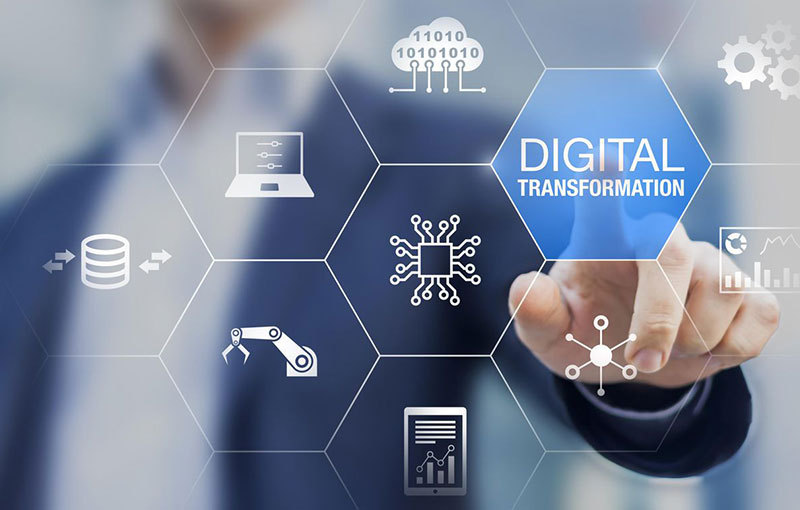Data security continues to be the biggest threat to most organizations in the US. With the new revelations (and subsequent charges in the 2018 Equifax breach) cybercrime will remain a trending topic. Many consumers are still waiting for a piece of their settlement from the class action lawsuit as a result of the breach.
What worries experts more than traditional hacking are the alarming rise in ransomware attacks. Ransomware differs from malware or a typical security breach in that victims’ software is held hostage until hackers are paid. Ransomware has become much more innovative. Some companies even specialize in it.
In the past ransomware was somewhat rare as it required criminals to be well-versed in coding. Today’s digital intruders are much savvier and work with third party programmers. This phenomenon is not all that different from Software as a Service (SaaS). Instead of useful, problem solving software, Ransomware as a Service (RaaS) lives in the shadows of the internet. Developers are creating and selling products that make ransomware easier to deploy.
One of the most egregious instances of ransomware occurred in 2016 when Hollywood Presbyterian Medical Center paid over $17,000 in bitcoin to get their operations back online. For hackers, medical records are a hot commodity as they have endless potential for blackmail.
The idea of hackers getting into medical and government records is a frightening notion, but scarier still is the remote capability to shut down operations of vital services. This is especially precarious when considering electric power grids. With an efficient RaaS program, even a low-level cybercriminal could potentially bring an organization to a total standstill. Cyberwarfare will likely replace the battlefields of yore. Instead of striking cities with drones, one could use ransomware or malware to suspend electricity and other forms of digital communications.
The best way to avoid paying out for ransomware attacks is to always be backing up your systems and data. Diversify backups between cloud and hard storage. With growing dependence on cloud storage comes a greater need for quality cloud security. As futuristic as ransomware attacks sound, having a contingency plan is another strategic way to avoid the fall-out. Just as your office has a plan for a fire or tornado, so too must there be a plan for data breaches and ransom attacks. As they say, a good offense is a good defense.
More Resources…
https://www.nytimes.com/2020/02/09/technology/ransomware-attacks.html



